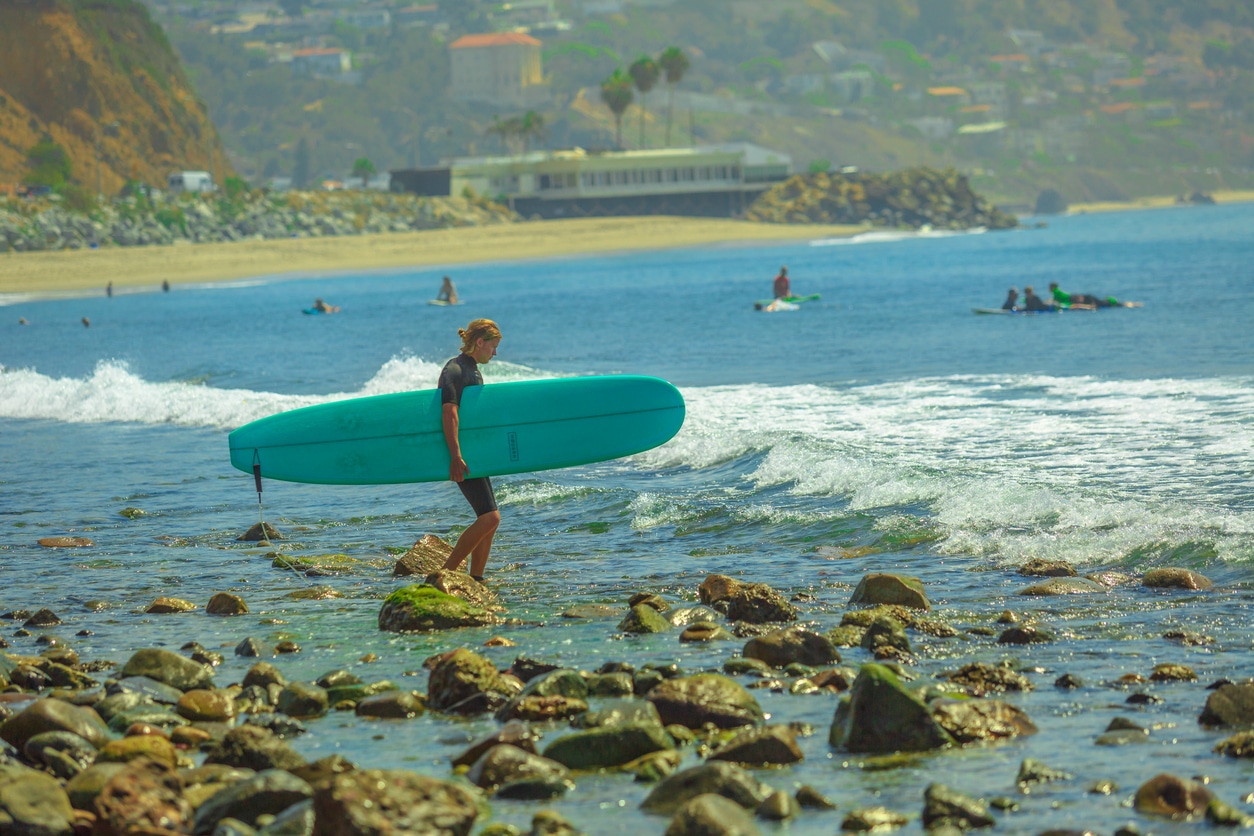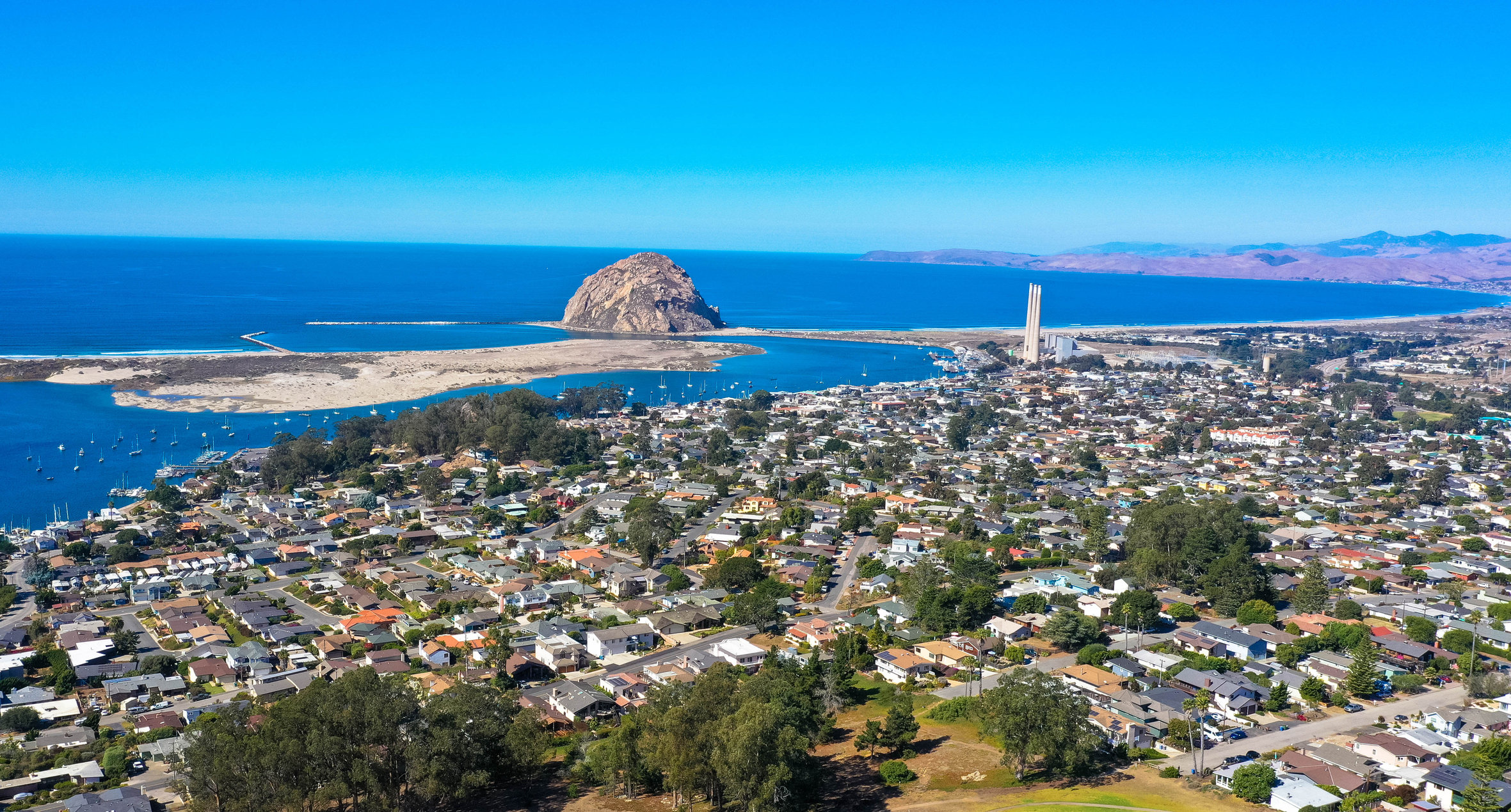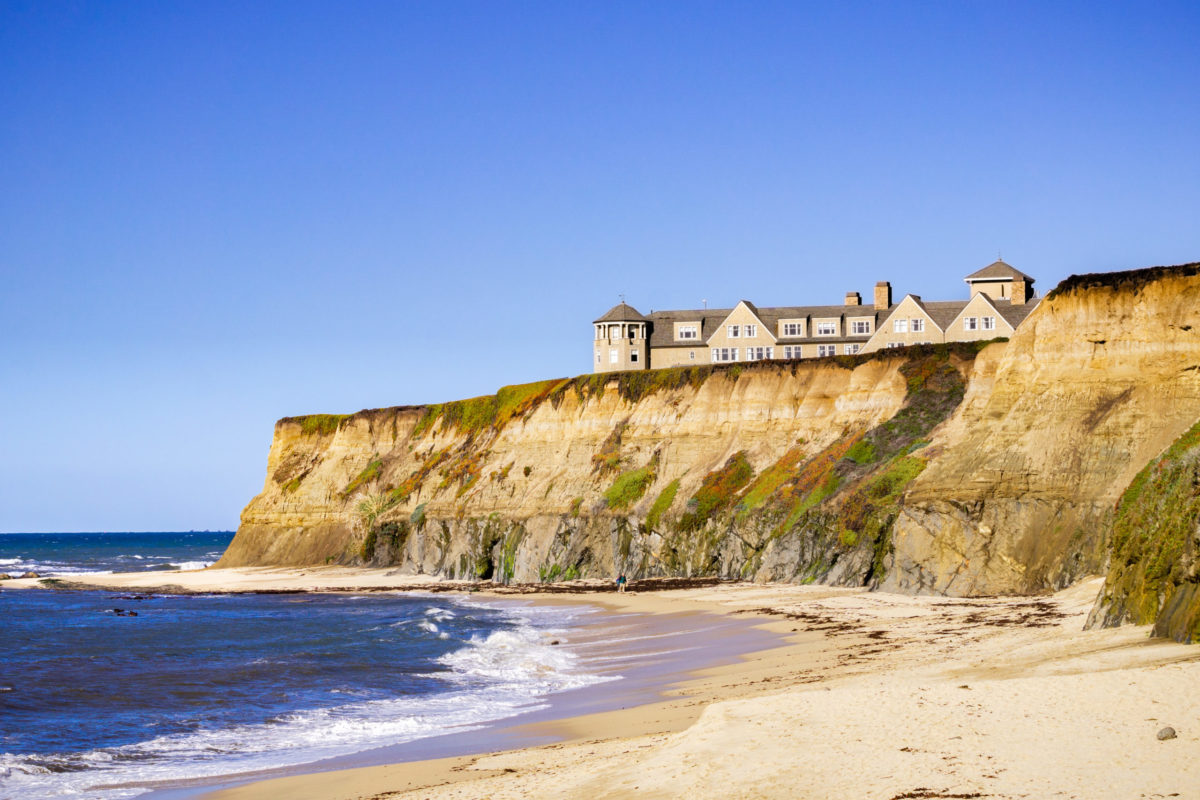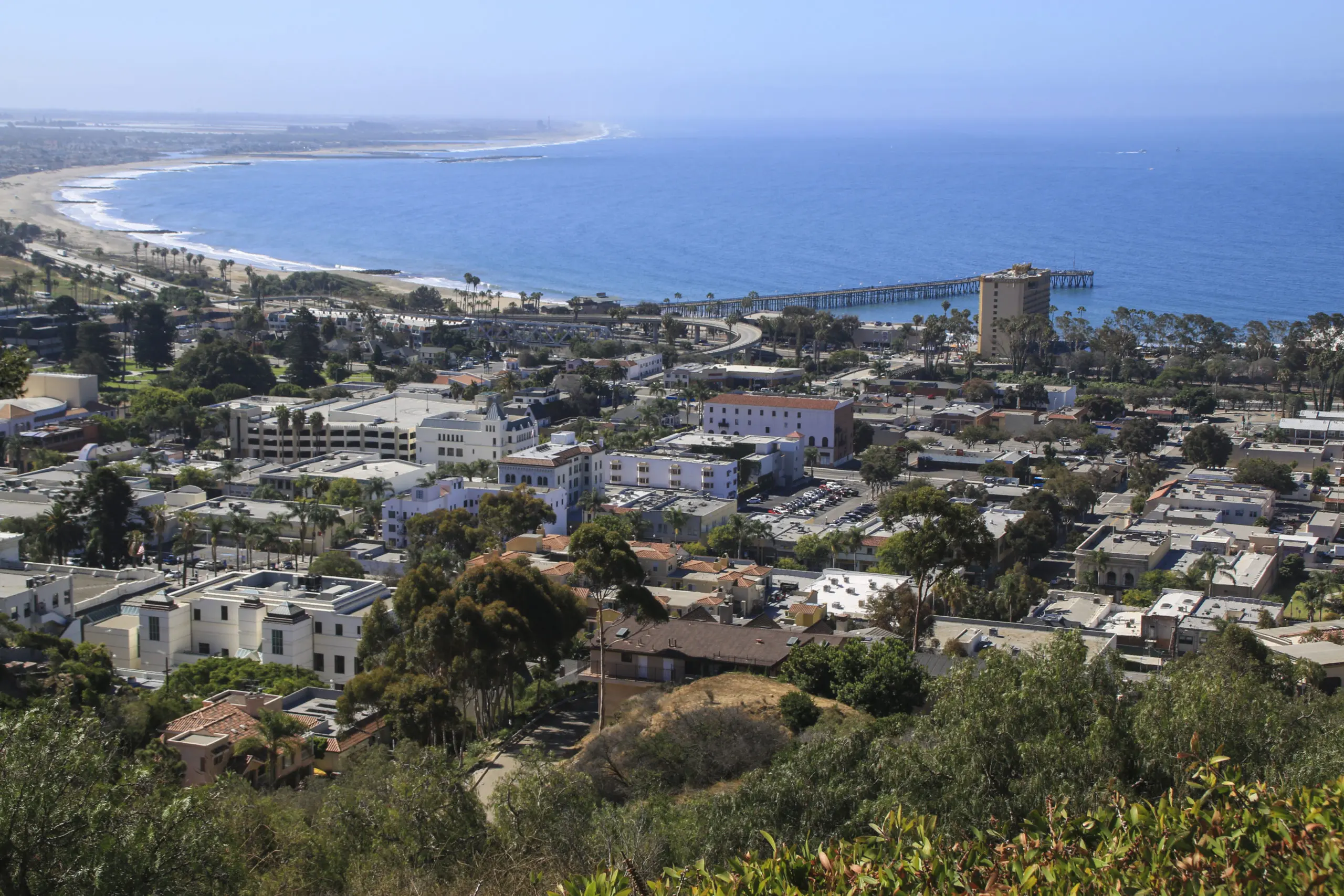
Dr. David Revell is a coastal geomorphologist with more than 25 years of experience studying marine, coastal, and estuarine processes, working to integrate science and management of coastal processes and climate change. He has served as a technical advisor and facilitator to multiple federal, state, and local jurisdictions related to ocean and coastal management especially at the intersection of how physical processes and human alterations affect hazards, habitats, and human use. He has been involved in a wide variety of contentious community stakeholder processes ranging from evaluating erosion hazard alternatives to climate change vulnerability impacts to lagoon and fisheries management, water quality, and marine spatial planning. Much of his work involves physical process research and spatial analysis to facilitate communication of science to inform decision-making. Dr. Revell currently advises multiple local jurisdictions and agencies on dune and sediment management, climate change, estuary processes, inlet management, and local coastal program updates.
Ph.D., Earth Sciences, University of California, Santa Cruz, 2007
M.S., Oceanography and Marine Resource Management, Oregon State University, Corvallis, Oregon, 2000
B.A., Geography, and B.A. Environmental Studies, University of California, Santa Barbara, California, 1998 and 1996
Postdoctoral Research, Institute of Marine Sciences, University of California, Santa Barbara, April 2007–April 2008.
Adjunct Professor, Monterey Institute of International Studies, California – Co-instructed graduate level courses on International Marine Science and Policy and Sustainable Coastal Management. August 2013–May 2014
David L. Revell, Ph.D. Principal, Coastal Climate Risk and Resilience
Dr. David Revell is a coastal geomorphologist with more than 25 years of experience studying marine, coastal, and estuarine processes, working to integrate science and management of coastal processes and climate change. He has served as a technical advisor and facilitator to multiple federal, state, and local jurisdictions related to ocean and coastal management especially at the intersection of how physical processes and human alterations affect hazards, habitats, and human use. He has been involved in a wide variety of contentious community stakeholder processes ranging from evaluating erosion hazard alternatives to climate change vulnerability impacts to lagoon and fisheries management...
Dr. David Revell is a coastal geomorphologist with more than 25 years of experience studying marine, coastal, and estuarine processes, working to integrate science and management of coastal processes and climate change. He has served as a technical advisor and facilitator to multiple federal, state, and local jurisdictions related to ocean and coastal management especially at the intersection of how physical processes and human alterations affect hazards, habitats, and human use. He has been involved in a wide variety of contentious community stakeholder processes ranging from evaluating erosion hazard alternatives to climate change vulnerability impacts to lagoon and fisheries management, water quality, and marine spatial planning. Much of his work involves physical process research and spatial analysis to facilitate communication of science to inform decision-making. Dr. Revell currently advises multiple local jurisdictions and agencies on dune and sediment management, climate change, estuary processes, inlet management, and local coastal program updates.
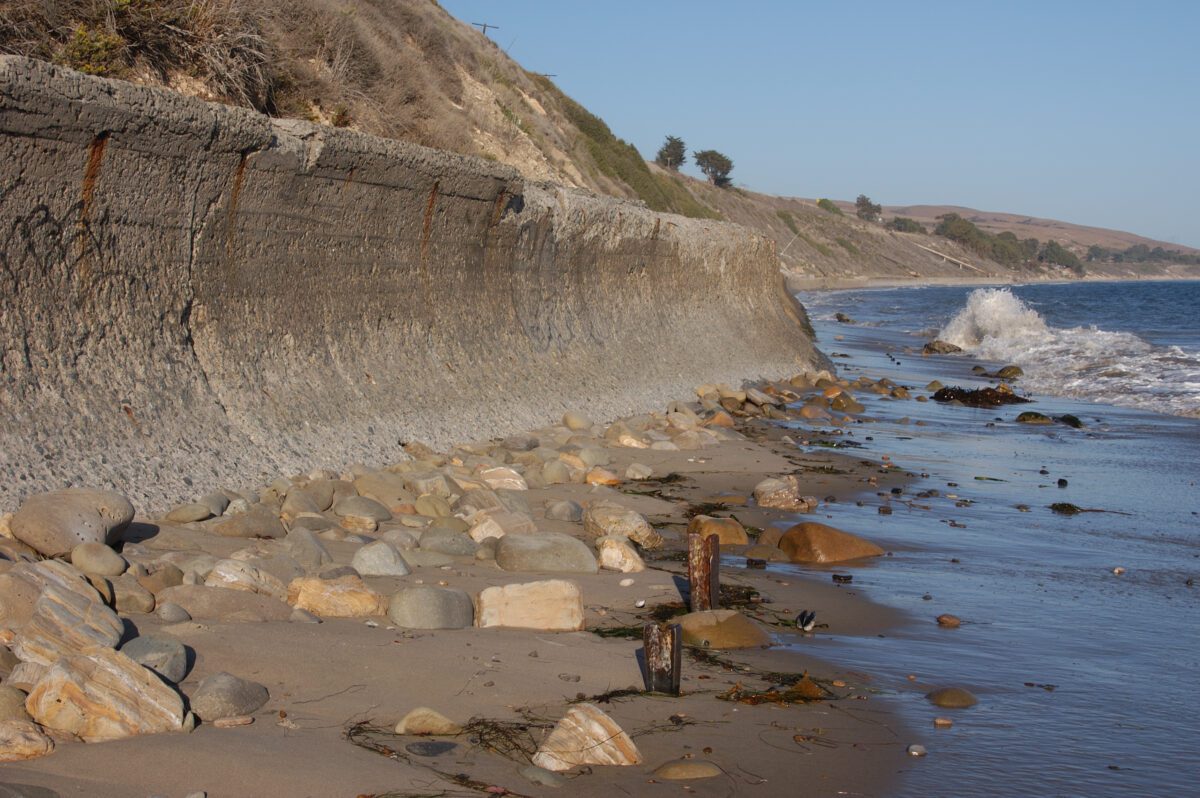
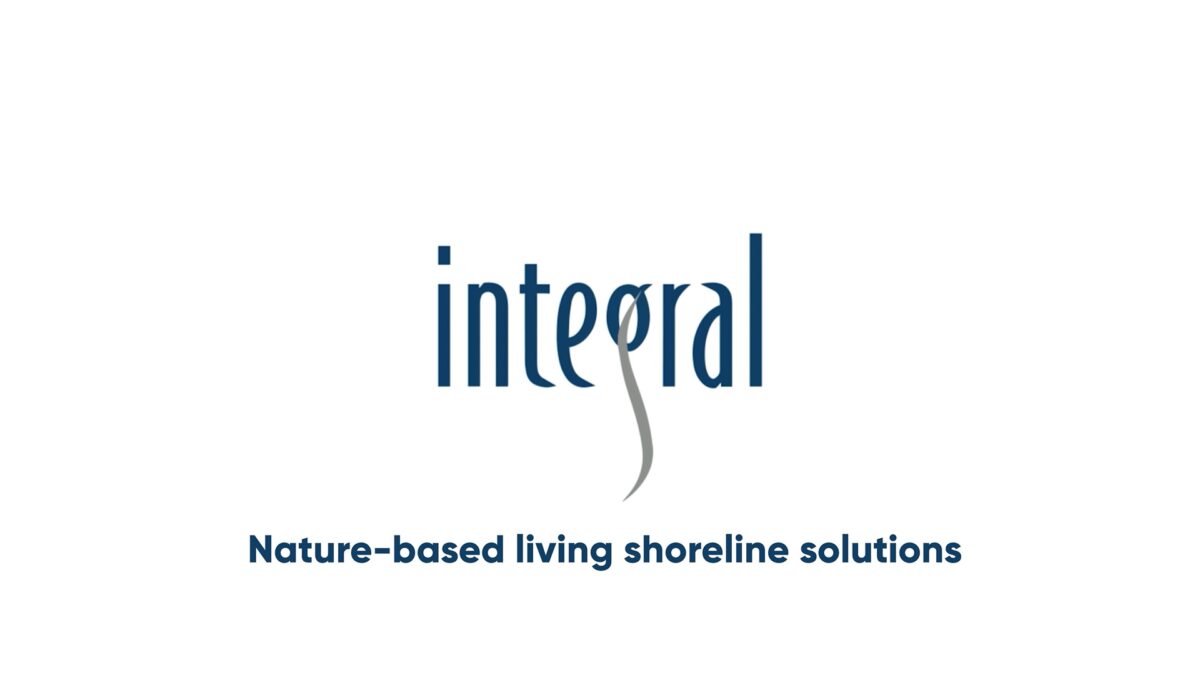
Effects of Dam Removal Sediment Releases on Coastal Lagoon Dynamics and Ecosystems
Poster
January 09 2023
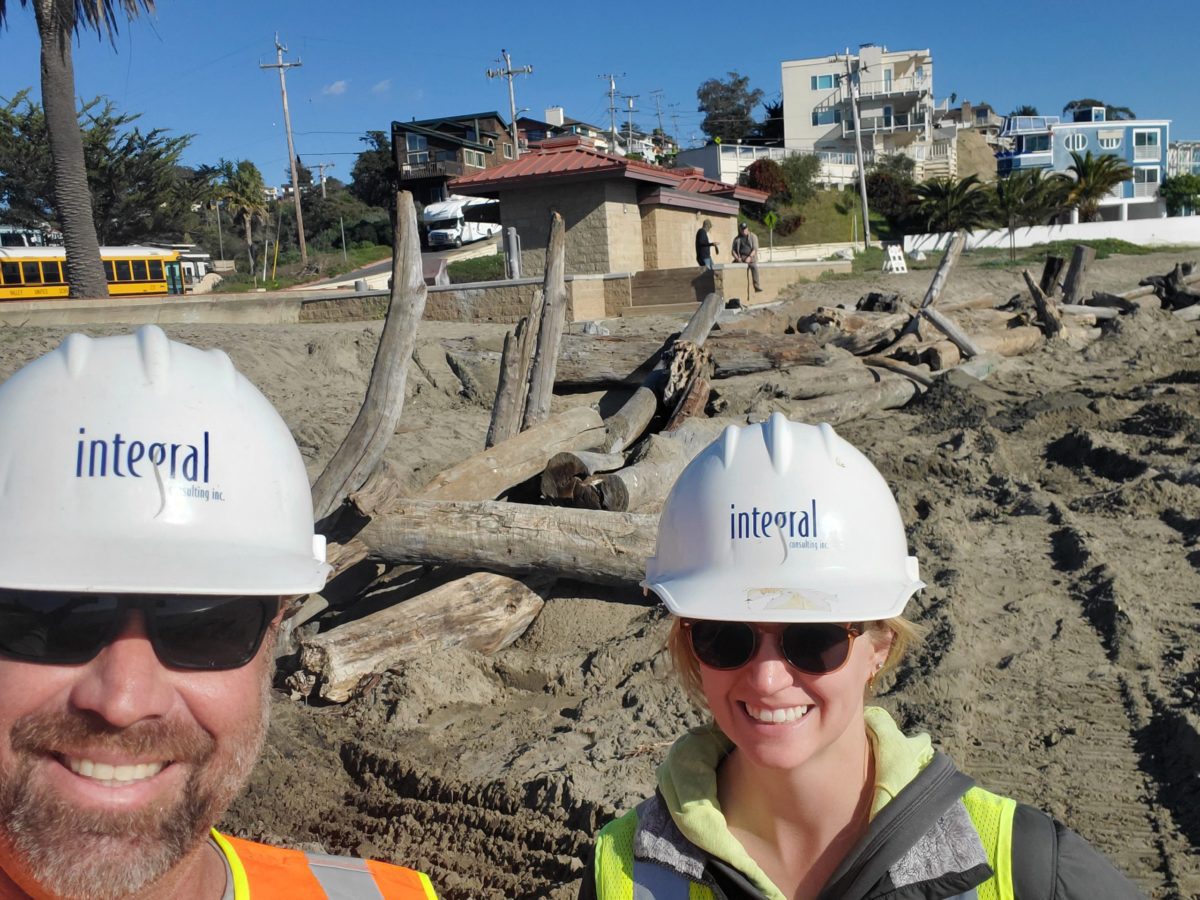
Beach Preservation: Integral Presents on Coastal Adaptation at FSBPA Conference
Press Release
February 03 2022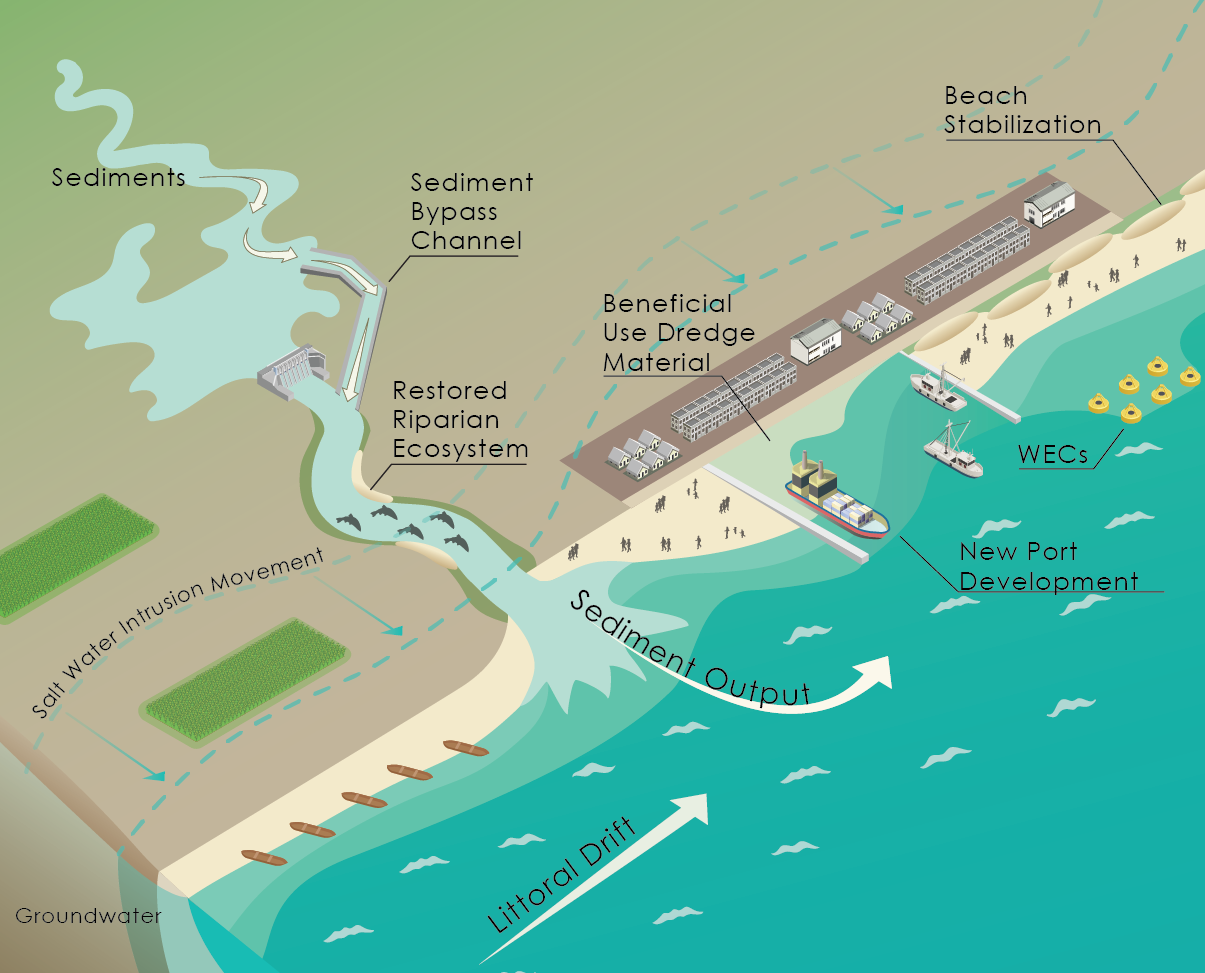
Sustainable Coasts: Integral’s “Coastal Protect Africa” Proposal Published in World Bank eBook
Press Release
January 20 2022